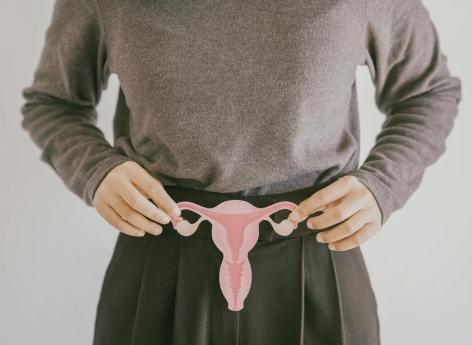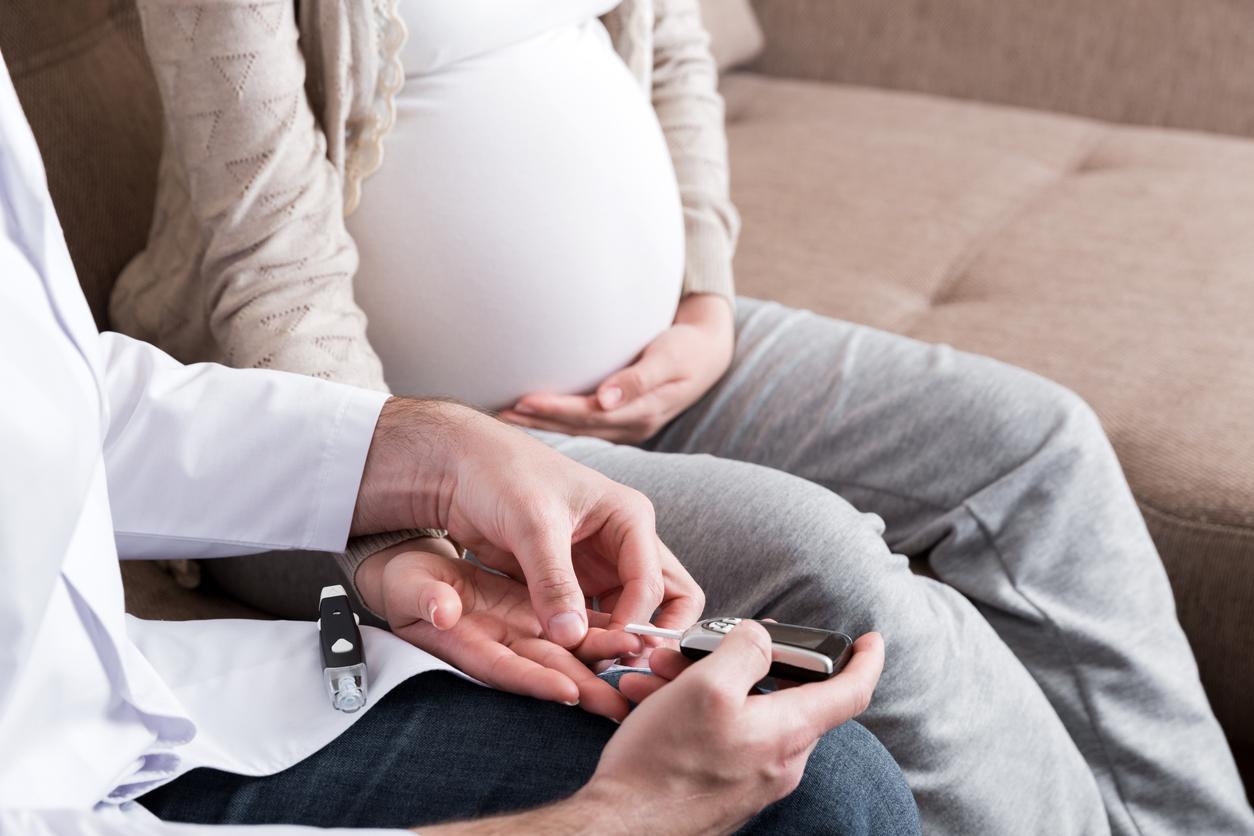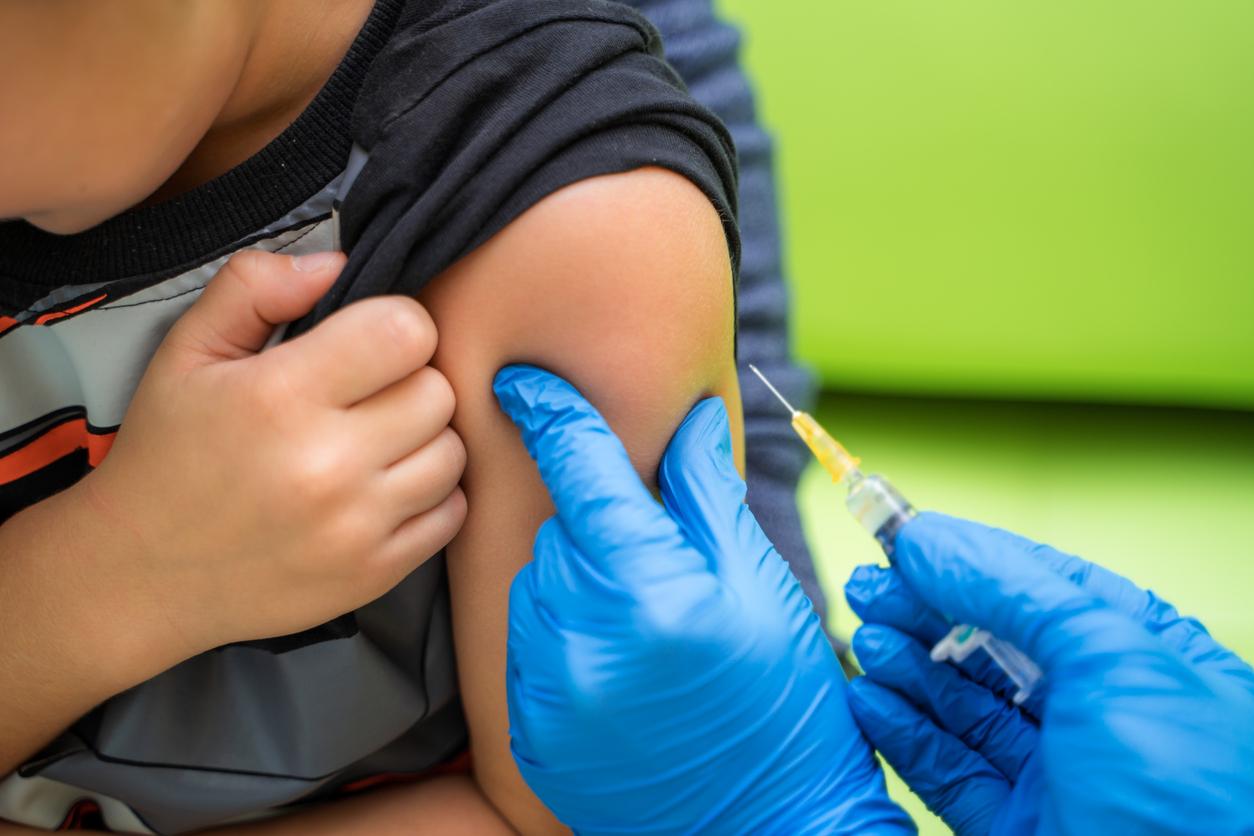Sabrina Da Costa, gynecologist specializing in childhood and adolescence, spoke on the subject of endometriosis in adolescents during the first edition of the Scientific Days of Gynecology of Port-Royal.

- Dysmenorrhea in adolescents, more commonly known as period pain, is quite common and can vary in intensity.
- They are usually caused by hormonal changes during menstruation, particularly an increase in prostaglandins, which are chemicals that allow the uterus to contract.
- In adolescents, endometriosis can sometimes be difficult to diagnose because symptoms can be attributed to other gynecological health problems.
“Adolescence is a period of transition between childhood and adulthood. This period is initiated by puberty which is characterized by the development of sexual characteristics, which will lead to the acquisition of reproductive functions.”, declares Sabrina Da Costa, gynecologist specializing in childhood and adolescence at Necker hospital, during the first edition of the Scientific Days of Gynecology of Port-Royal.
The start of puberty thus marks the start of adolescence. As for its ending, it is less obvious, ” the WHO says 19 years. There are certain psychologists, child psychiatrists and pediatricians who say that we are adolescents until the age of 25. And the latter are experiencing growth, rapid development. This has consequences.”
Painful periods: “It’s important to also assess abundance in young girls”
According to the specialist, the diagnosis and management of endometriosis in an adult and an adolescent is not designed in the same way. “Everything that is true in adults is not true in adolescents. To detect this disease in 11 or 12 year old patients, we throw them into questions that they cannot imagine thinking about at a later age. age so young.”
The symptom that will lead patients, adults and adolescents, to consult is dysmenorrhea, namely the famous painful periods. “EBetween 70 and 93% of adolescent girls report discomfort during periods. Dysmenorrhea is the most common complaint. It affects between 16 and 93% of adolescent girls.” This has very serious consequences on their lives because it is the leading cause of school absenteeism and it also limits daily life activities and alters their quality of life.
“Primary dysmenorrhea often appears within two years of the first period with pelvic or lumbar cramp-like pain. There may be a correlation between abundance and intensity of pain and I insist on the fact that it is important to assess the pain but also the abundance of periods in young girls, which is a risk factor for occurrence of endometriosis. So, by taking care of them, this may make it possible to anticipate the onset of the disease.”
According to Sabrina Da Costa, primary dysmenorrhea, which is pain that occurs during periods without an underlying cause, should be contrasted with dysmenorrhea of organic origin: endometriosis, uterovaginal malformation, etc.
“When patients come to see us for dysmenorrhea, they have in mind that having pain during their periods is not normal and that we must look for the cause of the pain, but we can also have pain during our periods without necessarily there is an underlying cause”, specifies the gynecologist. The pain can be completely benign. This can be physiopathological: the secretion of prostaglandin by the endometrium causes vasoconstriction of the arterioles, hypercontractility of the myometrium, tissue hypoxia and therefore pain.
“Uterovaginal malformations are one of the diagnoses that we really need to think about” in adolescents
Regarding the diagnosis, there is, as for adults, ultrasound and MRI. The reference examination in adolescents is pelvic MRI. “With the downside of the fact that pelvic ultrasounds in adolescents are done in the vast majority of cases via a suprapubic route (above the pubis) either because they have never had intercourse, or because they do not yet have the necessary maturity to consider this type of endovaginal examination with a radiologist they do not know. So we have to prepare them for it.”Problem: normal ultrasound, via the suprapubic route, will not eliminate the presence of endometriosis.
According to the specialist, the pelvic MRI “may be of interest as second-line treatment when a uterovaginal malformation is suspected on ultrasound and will ultimately be of little use in primary dysmenorrhea. Uterovaginal malformations are one of the diagnoses that you really need to think about in adolescent girls. They lead to surgical treatment which will resolve the pain problem.” These malformations are risk factors for the occurrence of endometriosis in the lives of these young girls.
In a studyin which Sabrina Da Costa participated, “39% of patients had endometriosis. according to MRI results. These were adolescent girls aged 12 to 20 with intense pain and resistance to treatment with NSAIDs (non-steroidal anti-inflammatory drugs). “So yes, endometriosis exists in adolescents, it just needs to be researched. We can have endometriosis, deep endometriosis and adenomyosis in these patients. Lemergency in the adolescent who presents with dysmenorrhea it will probably be to eliminate the uterovaginal malformations and then it will be to take care of the pain whether or not there is endometriosis on the MRI, the most as early as possible to avoid the risk of chronicization.”

















